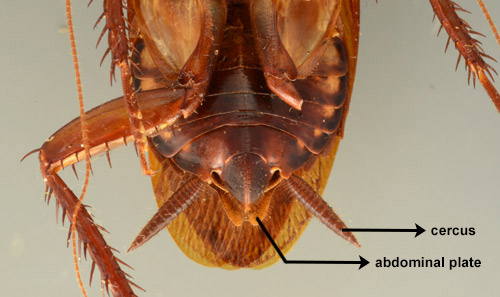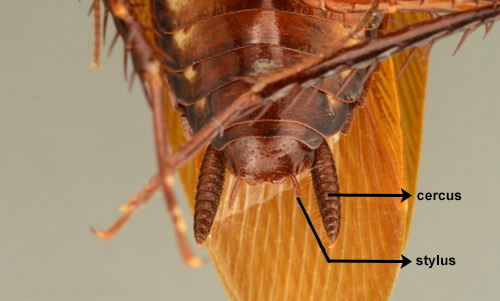ArachnaeEsoterica
Arachnopeon
- Joined
- Jan 17, 2016
- Messages
- 46
Look if the little <edit> don't reproduce than what are they sitting there for. I've been feeding them an occasional veggie and they have fish food for days! I only noticed their shells darkening.
Attachments
-
608.7 KB Views: 67
Last edited by a moderator:

![IMG_3847[1].JPG](/data/attachments/146/146903-902ef27921627e24cc586ca967fe5f94.jpg)
![IMG_3852[1].JPG](/data/attachments/146/146950-5156ec8cb612e98e141e066336b87bc8.jpg)



